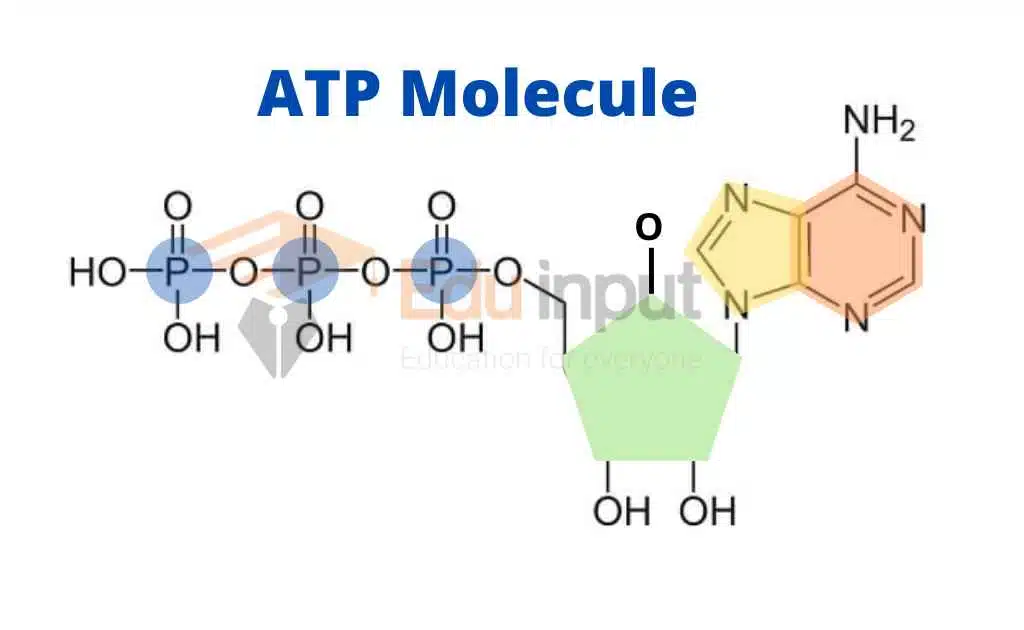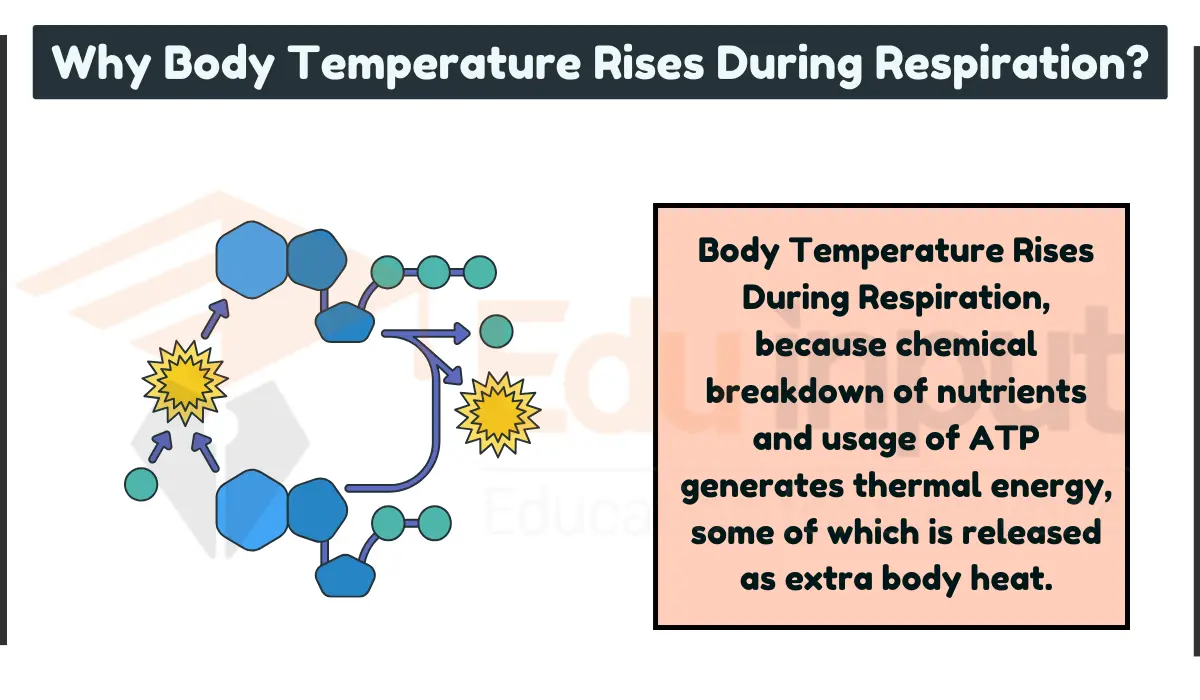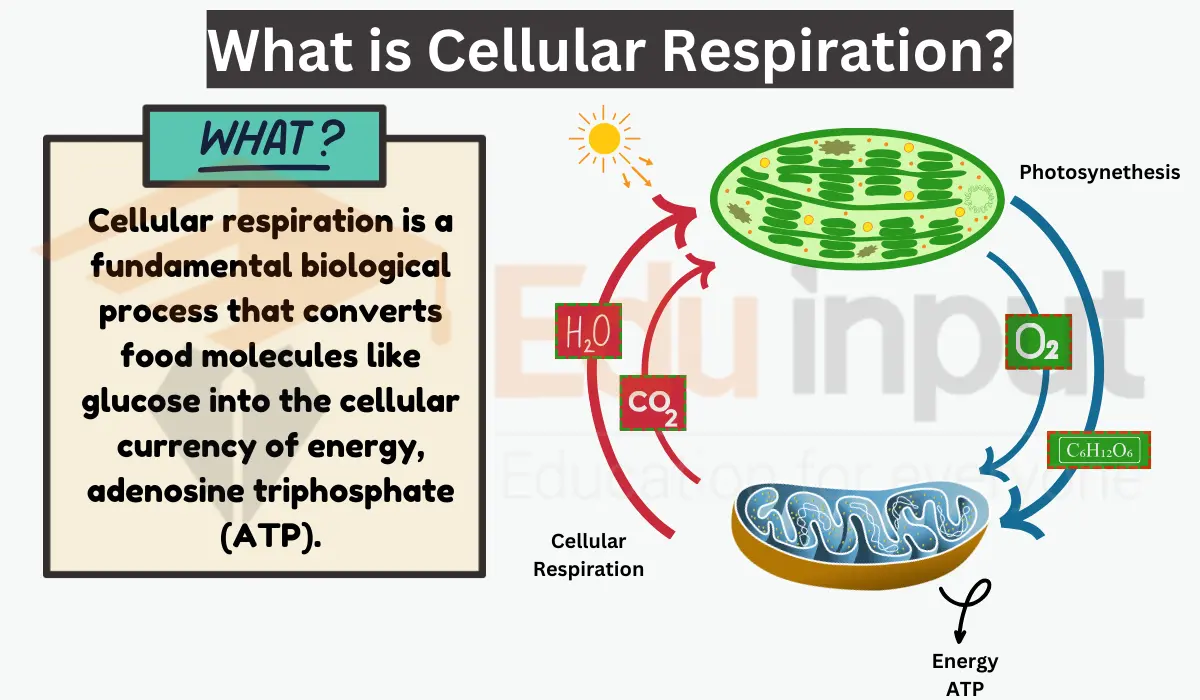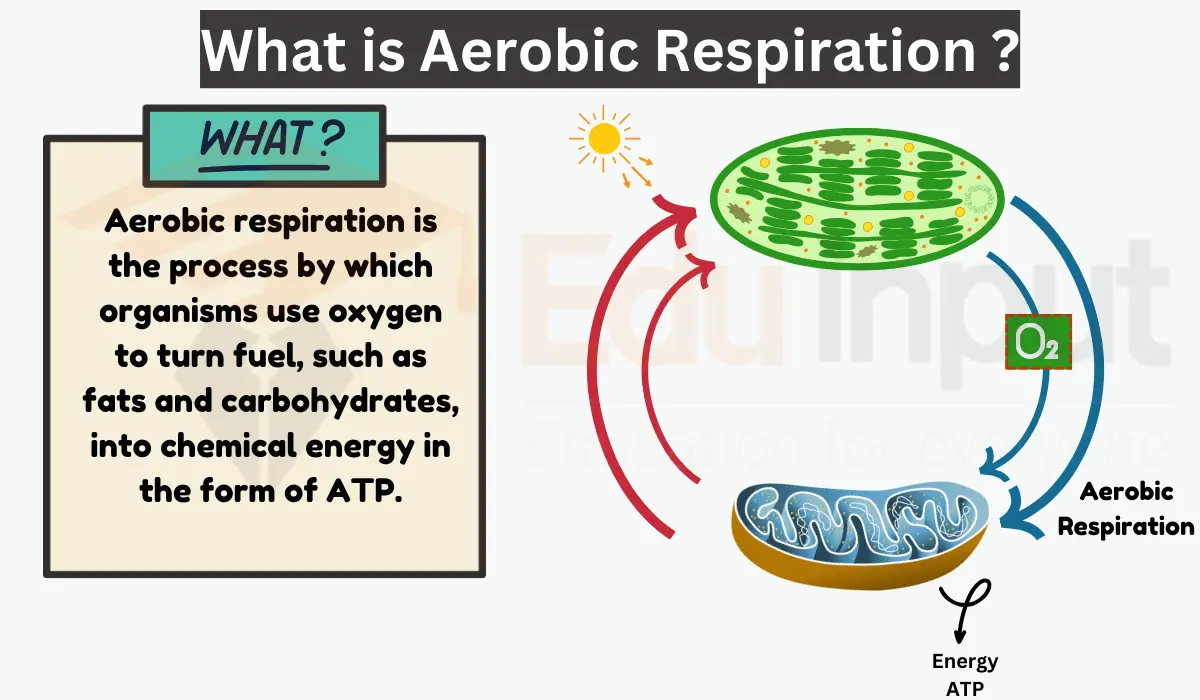ATP Structure and Functions – Mechanism of Energy Transfer by ATP
What is ATP?
ATP is the major energy currency of all cells. The molecular structure of ATP includes adenine base, ribose sugar, and three phosphate groups. ATP has the ability to store and release energy.
Specifically, ATP is a coenzyme. It works with enzymes such as ATP triphosphatase to transfer energy to cells. These ATP molecules are synthesized by Mitochondria (organelle present in the cytoplasm), therefore Mitochondria are called the powerhouse of the cell. This ATP is produced during cellular respiration.
ATP serves as a source of energy for use and storage at the cellular level. It powers processes, like ion transport, muscle contraction, nerve impulse propagation, substrate phosphorylation, and chemical synthesis. The Human body depends on the hydrolysis of 100 to 150 moles of ATP per day to meet its energy demands.
The Carbohydrates like glycogen and fats serve as storage molecules for the chemical energy that can be converted into ATP through various metabolic pathways, including Metabolic reactions, substance transport across membranes, and mechanical work (like moving muscles).
Analogy for ATP
ATP is like a rechargeable battery, that stores up energy and then power your body cell’s various activities, just like a power bank keeps your phone running all day.
Discovery of ATP
ATP was first discovered in 1929 by German chemist Karl Lohmann from extracts of muscle and liver. His work at the Kaiser Wilhelm Institutes in Berlin and Heidelberg was the initial identification of ATP molecule. After him, other researchers, including Cyrus H. Fiske and Yellapragada Subbarow from Harvard Medical School, also isolated ATP from mammalian muscle and liver.
Structure of ATP
ATP is a nucleoside triphosphate. The structure of the ATP molecule consists of an adenine base, a ribose sugar, and three phosphate groups. The phosphate groups are serially bonded. The cleavage of the bond between the second and third phosphates releases a large amount of energy, which can be used to power various cellular processes.

Steps of Energy Transfer by ATP
- Energy Storage – ATP molecules contain several phosphate groups linked by covalent bonds. These bonds are high-energy due to the way electrons are arranged within the molecule. However, the energy isn’t localized in a single bond, but rather delocalized across the entire molecule.
- Energy Release – When a cell needs energy to power a reaction, an enzyme facilitates the hydrolysis of ATP. Hydrolysis involves the breaking of a bond with a water molecule. In the case of ATP, it’s typically the outermost phosphate bond that breaks. This bond breaking releases a significant amount of energy, around 7.3 kcal/mol under standard conditions (and even more in living cells).
- Energy Transfer – The released energy from ATP hydrolysis isn’t used directly. Instead, it is coupled to drive other cellular reactions that require an energy input (endergonic reactions). There are three main mechanisms for this transfer:
- Phosphorylation – The phosphate group from ATP is directly transferred to another molecule, that activates it and allow it to participate in the desired reaction. The remaining ADP can then be recycled back into ATP.
- Coupled Reactions – The energy released from hydrolysis is used to “push” a thermodynamically unfavorable reaction forward by coupling it with a favorable reaction. The favorable reaction provides the energy gradient that allows the unfavorable reaction to occur.
- Direct Energy Transfer – In some cases, the released energy from hydrolysis can be directly used by cellular machinery to perform work, such as powering molecular motors.
- ADP and Pi Recycling – After hydrolysis, the remaining molecule is ADP (adenosine diphosphate). Cells maintain a pool of ADP and free phosphate ions (Pi) within the cytoplasm. These molecules are constantly being used to regenerate ATP through cellular respiration, a process that breaks down food molecules to capture energy and convert ADP and Pi back into ATP.
- ATP Regeneration – Cellular respiration uses the energy extracted from food sources to drive the phosphorylation of ADP. It attaches a phosphate group back onto ADP to reform ATP. This process recharges the “cellular battery” and allows the cycle to continue.

Functions of ATP
ATP performs three functions in the cell:
1. Mechanical work: It performs mechanical work like the beating of cilia, the contraction of muscles, the flow of cytoplasm within the cell, and the movement of chromosomes during cellular reproduction.
2. Transport work: They help a substance to carry movement across the membrane against the direction of movement, i.e. Active transport.
3. Chemical work: it Supplies energy in endergonic energy. These reactions cannot proceed without energy.
Related FAQs
What is ATP?
ATP (adenosine triphosphate) is the major energy currency of all cells, Which is synthesized by phosphorylation and chemiosmosis.
What does ATP stand for?
ATP stands for Adenosine Triphosphate.
What is ATP made up of?
ATP molecule consists of three subunits;
1. Adenine, is an organic molecule composed of two carbon-nitrogen rings.
2. Ribose, a five-carbon sugar.
3. Three phosphate groups in a linear chain.
What is the function of ATP?
ATP performs three functions in the cell:
Mechanical work
Transport work
Chemical work







Leave a Reply